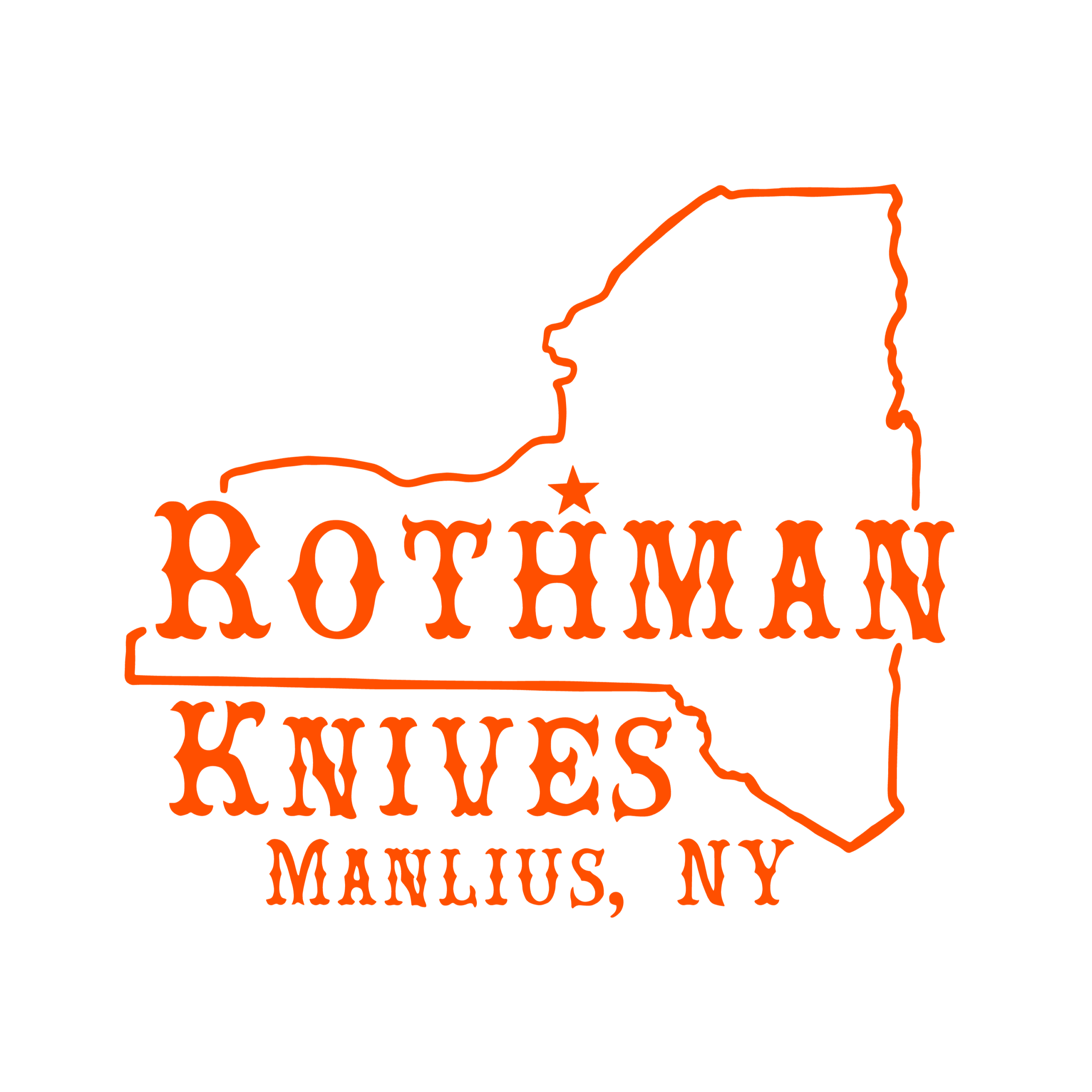Choosing Your Blade:
A Guide to Pocket Knife Blade Types
Selecting the right blade type for your custom pocket knife is crucial to ensure it meets your needs and preferences.
Each blade type offers unique characteristics and advantages, from enhanced durability to specialized cutting abilities.
In this guide, we’ll explore the various blade types available at Rothman Knives, helping you make an informed choice for your everyday carry, outdoor adventures, or your personal collection.
Whether you’re a seasoned collector or new to the world of custom knives, understanding these blade types is the first step to finding your perfect knife.
Drop Point
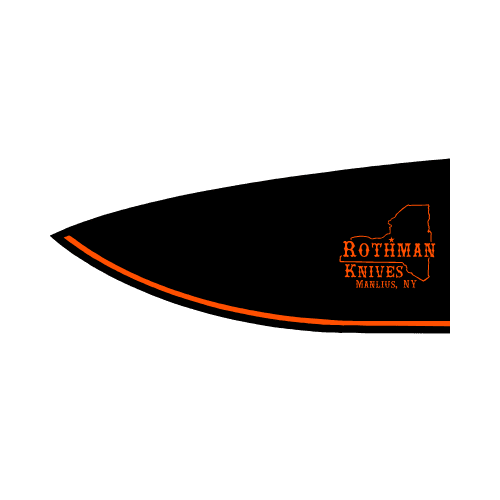
Drop point blades boast a gently sloping spine for enhanced strength and a versatile belly ideal for slicing and utility tasks. Their design balances piercing efficiency with robust performance, making them a reliable choice for everyday use.
Clip Point
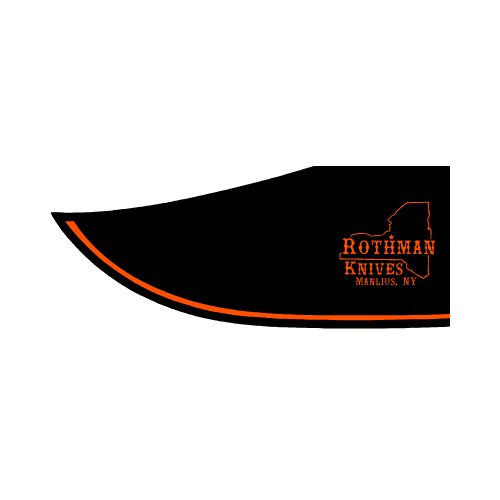
Clip point blades offer a versatile design with a pronounced cutting edge and a narrowed tip for effective piercing. Ideal for precision tasks, their unique profile is a classic choice, epitomized by the famous Bowie knife.
Bowie
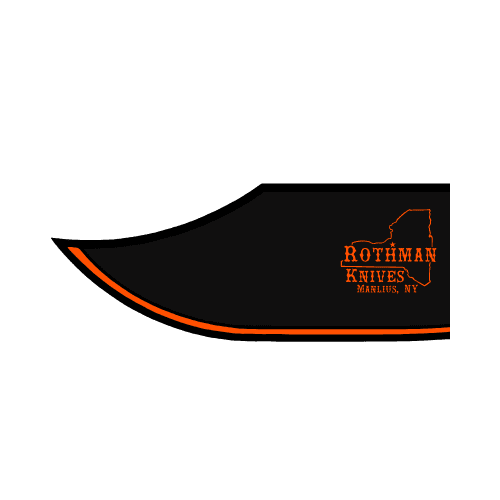
Bowie knives, known for their combat and utility design, feature a prominent clip point blade and handguard. Originating from James ‘Jim’ Bowie, they range from 5 to 12 inches in length, embodying versatility and historical significance.
Sheepsfoot
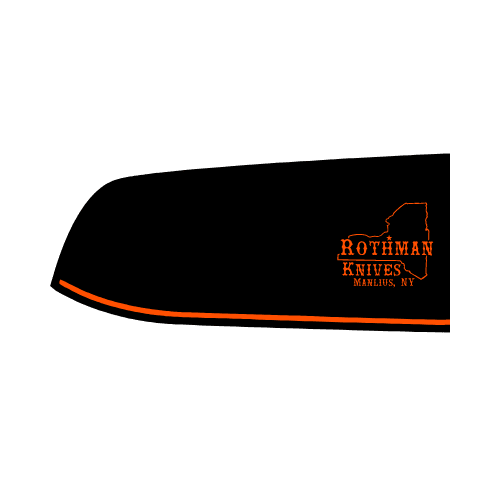
Sheepsfoot blades, with their straight edge and rounded spine, are designed for utility, excelling in cutting and shaving tasks. Originally intended for trimming sheep hooves, they offer excellent control and safety, making them ideal for precise cuts without piercing capabilities.
Wharncliffe
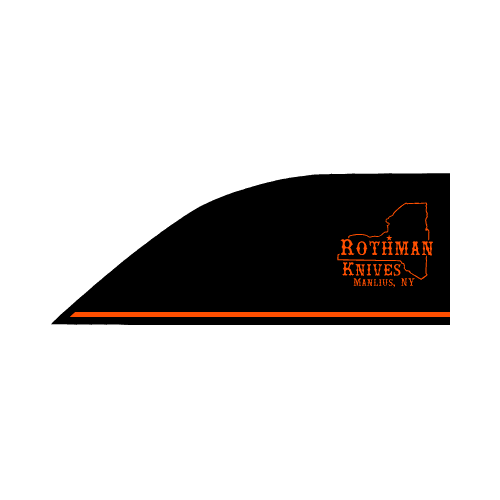
Originating in 1832, the Wharncliffe blade is known for its straight edge and curved spine, designed initially for whittling. This unique shape offers excellent cutting ability with a prominent point for detailed work, differentiating it from the sheepsfoot blade with its sharper spine curve.
Cleaver
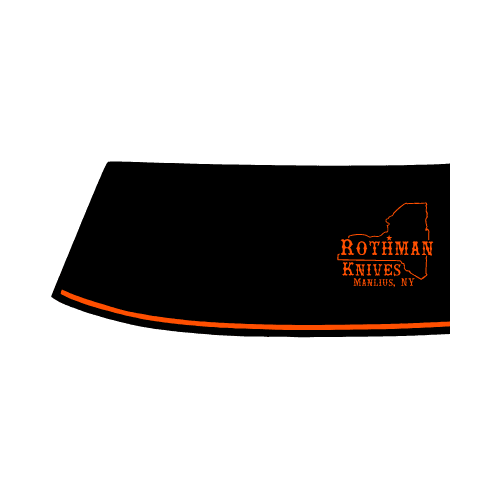
Cleaver blades prioritize cutting, chopping, and shaving capabilities, eschewing a pointed tip for a broad, impactful cutting edge. Their wide and hefty design is ideal for powering through tough materials, focusing force directly onto the edge for efficient performance.
Recurve

Recurve blades, with their distinctive ‘S’ shaped edge, offer an extended cutting surface ideal for slicing or skinning. Their unique shape does require more skill in sharpening, but it adds versatility and efficiency to the cutting experience.
Kukri
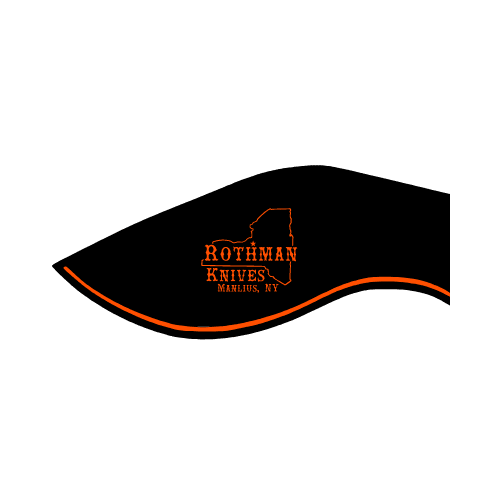
Kukri blades, typically large at 10 to 15 inches, are known for their heavy forward curve and flared belly. Often seen as a machete or short sword, they excel in cutting and chopping, making them versatile for tasks like clearing land, processing food, and bushcraft, thanks to their weighted design.
Persian
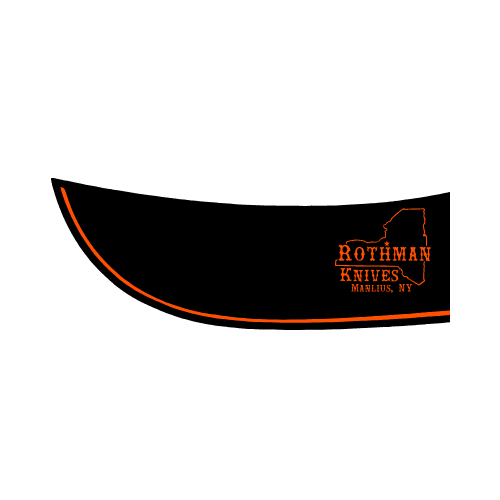
Persian style blades feature a recurve edge with the tip aligned with the knife’s spine, offering an extended cutting surface ideal for handling dense materials. This design combines ease of slicing with effective piercing capabilities, differentiating it from trailing point blades.
Modified
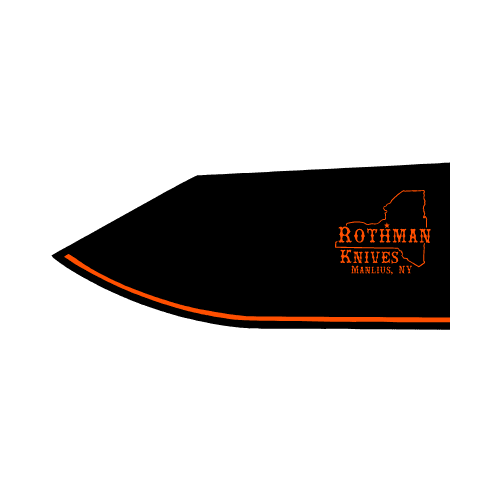
Modified blades refer to any unique blade shape that doesn’t fit standard classifications, often incorporating elements from different styles for specialized or innovative purposes. These blades are customized adaptations, showcasing creativity and specific user needs.
Straight Back
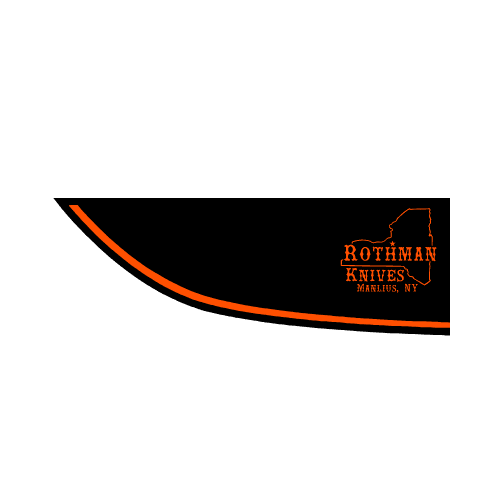
Straight back blades, a classic and versatile design, feature a straight spine leading to the tip, allowing for a generous belly. This balanced structure offers excellent cutting and piercing capabilities, making them a popular choice in everything from kitchen knives to everyday carry fixed and folding knives.
Tanto
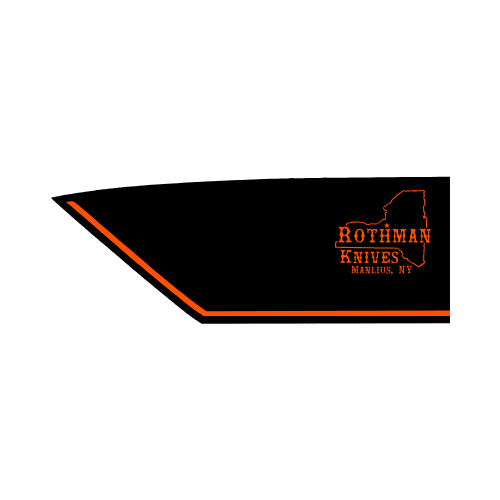
Tanto blades, inspired by Japanese Samurai swords, excel in piercing and high-stress cutting tasks. Their unique angled tip provides superior strength and precision, making them ideal for tactical, self-defense, and detailed work situations.
Spear Point
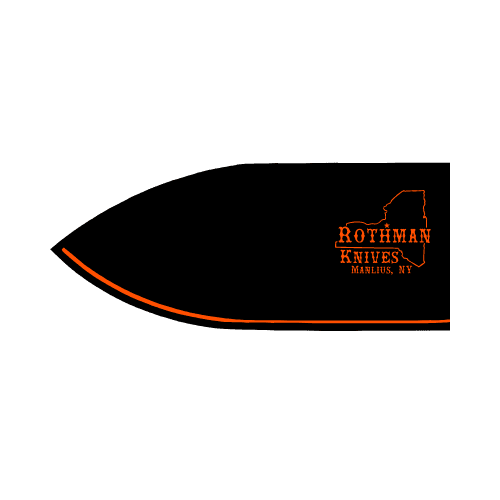
Spear point blades are characterized by a tip aligned with the center of the blade, often featuring a reinforcing rib or fuller for added strength. Their symmetrical edge and spine design excel in piercing, with some variations offering a practical blade belly for utility. A notable variant is the bayonet point, which includes a partial edge on the spine, historically common in bayonets.
Dagger
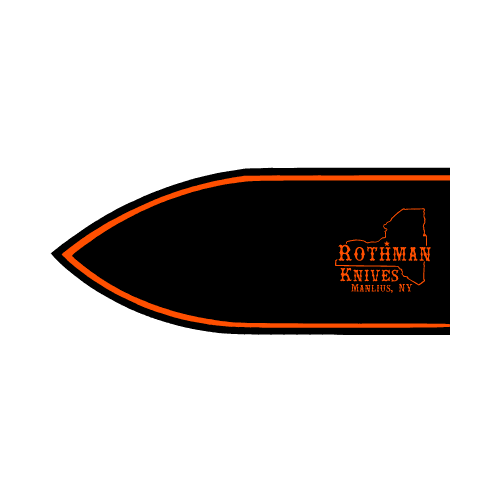
Daggers, essentially double-edged spear point knives, are primarily designed for combat use. Modern daggers feature two sharp edges with a pronounced point, offering both cutting efficiency and piercing capability. Available in variations from wider bellies for enhanced cutting to needle point designs for superior piercing, they often incorporate ergonomic handles with guards or textured grips for secure handling.
Hawksbill
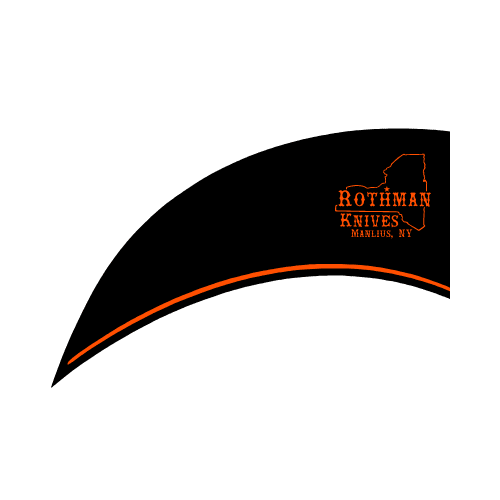
Hawksbill blades, also known as Hawkbill or Talon, are distinguished by their forward curved design, reminiscent of a cat’s claw. This shape enhances cutting power, allowing the blade to easily dig into materials. The curvature increases edge contact for more efficient cutting. Commonly found in pruning knives, karambits, and certain diving knives, the hooked design offers additional leverage, making these blades ideal for tasks involving ropes and cordage.
Leaf Shape
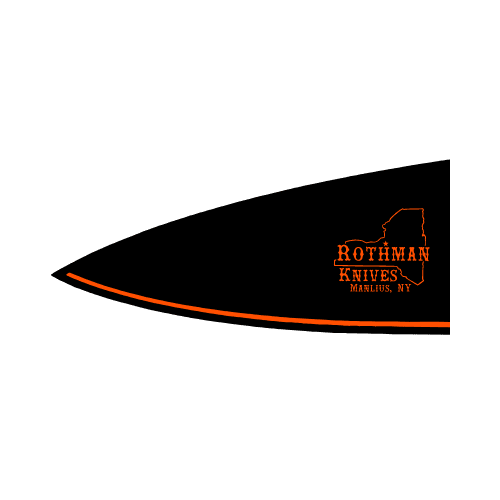
Leaf-shaped blades are known for their robust tip and ample belly, ideal for slicing tasks. Their uniform shape simplifies sharpening, making them a user-friendly choice. Often featured in Spyderco knives, leaf-shaped blades resemble a type of drop point, showcasing the nuanced nature of knife designs.
